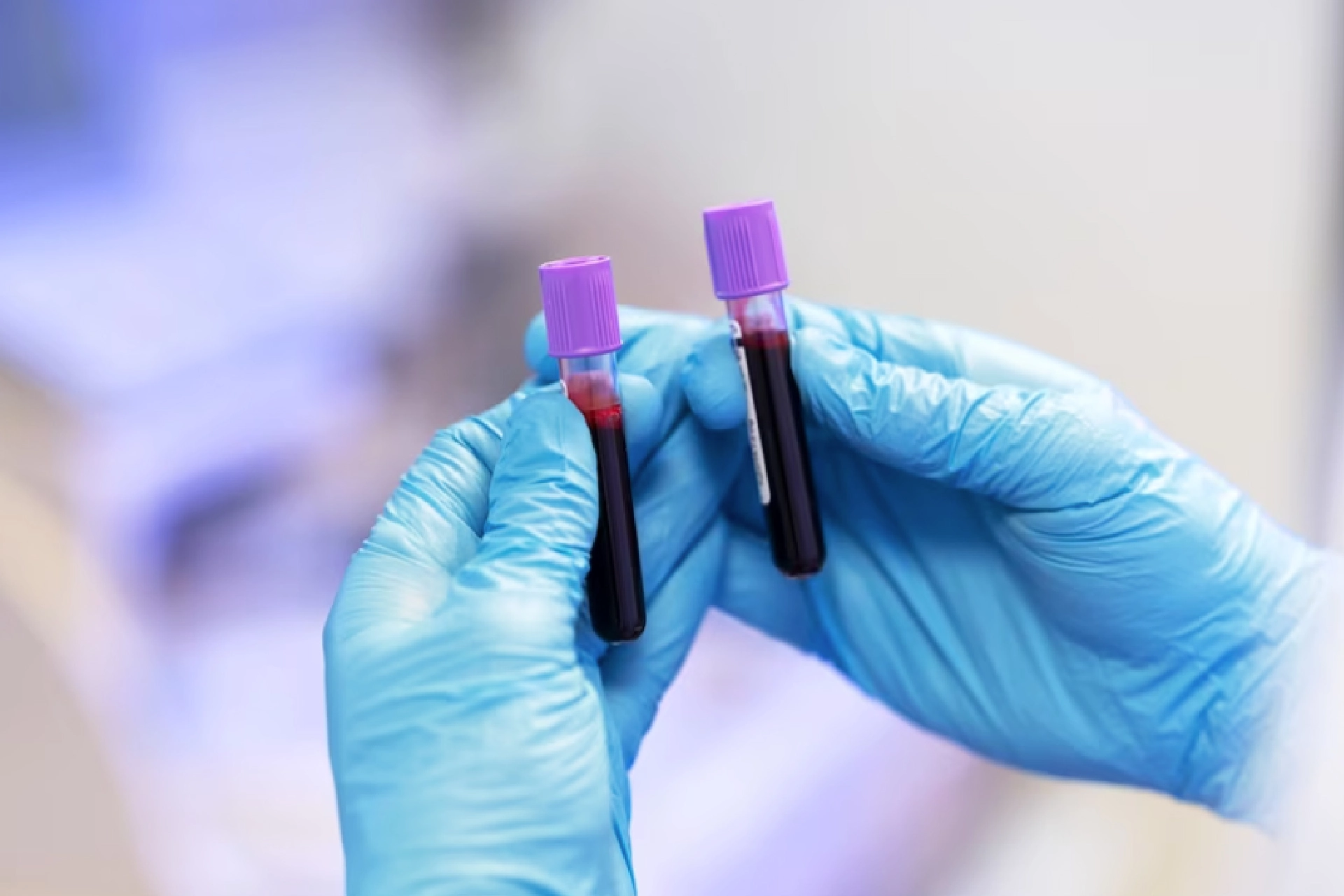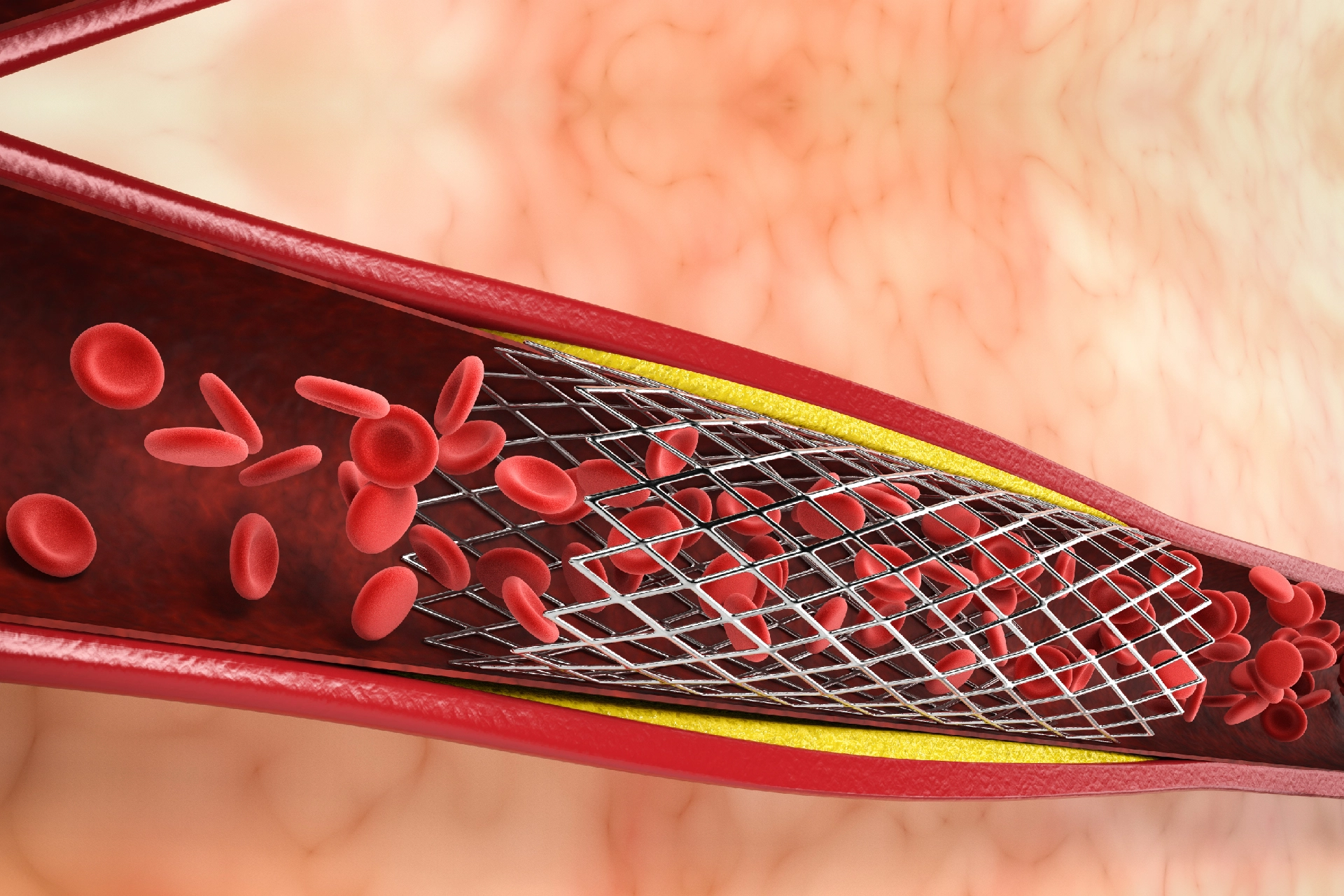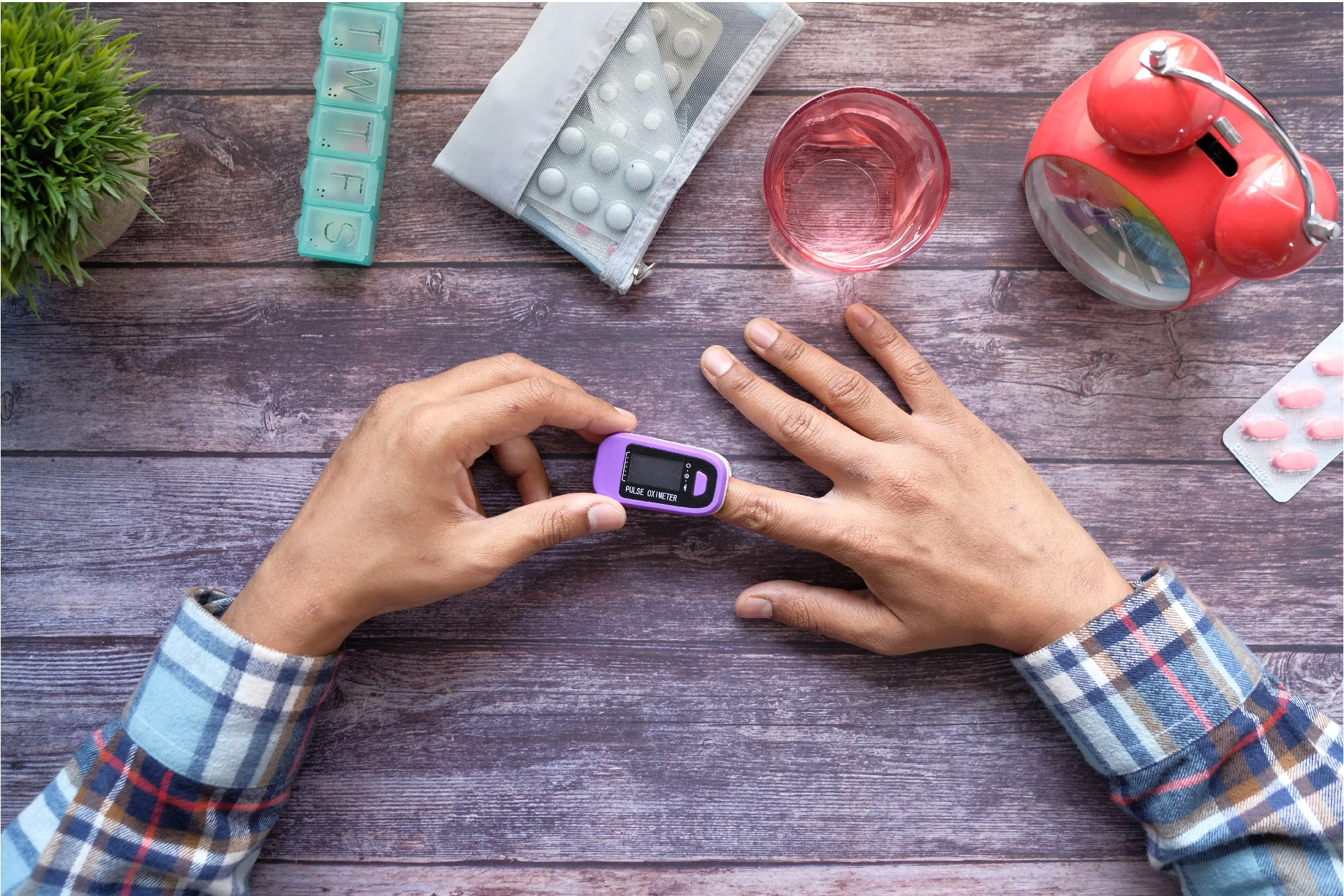Health Tests | 5 min read
25 Hydroxy Vitamin D Test: Purpose, Process, Results and Risks
Medically reviewed by
Table of Content
Key Takeaways
- The importance of vitamin D lies in the role it plays in absorbing nutrients
- 25 hydroxy vitamin D test can help determine high or low levels of vitamin D
- The risk factors of this lab test include lightheadedness, infection, hematoma
Vitamins and minerals are essential nutrients for your body function. They boost your immune system, support your body’s growth and development, and aid in the function of your cells and organs. Out of the many nutrients that your body needs, vitamin D plays one of the most important roles. The importance of vitamin D lies in the way it helps your body absorb calcium and phosphorus. These are primary components that are essential for your bone health. Apart from this, vitamin D may also help reduce the growth of cancer cells, reduce inflammation, and control infections [1]. Read more on 25 Hydroxy Vitamin D Test and its risk factors in detail.
Vitamin D goes through several processes before your body can use it. Your liver helps transform vitamin D into a chemical called 25 hydroxy vitamin D, also known as calcidiol. 25 hydroxy vitamin D [25(OH)D] test is a lab test that helps determine the levels of vitamin D in your body. It can also help in determination of osteoporosis and rickets. Read on to know more about the purpose of the 25 hydroxy vitamin D test, its results, and more.
Additional Read: 7 Common Types of Blood Test
What is the purpose of vitamin D 25 hydroxy test?
The main purpose of this test is to determine how much vitamin D your body has. Vitamin D plays vital role in many of your body’s functions. This is why it is important to ensure there is enough vitamin D in your body. Both high and low levels can have side effects on your body. Usually, your doctor may advise this test if you show signs of high or low levels. Apart from this, the other reasons to undergo this lab test are:
- Age over 65 years
- Intake of certain medicines like phenytoin
- Obesity or bariatric surgery
- Thin bones or osteoporosis
- Limited exposure to sun
- Problems in vitamin absorption
What is the procedure of the 25 hydroxy vitamin D test?
It is a simple procedure that requires a blood sample. Doctors may tell you not to eat anything for 4-8 hours prior to this lab test. At the time of the test, a healthcare professional will draw blood from your vein using a needle. The blood sample is then sent for lab test for evaluation. Your doctor will asses the results and let you know whether you have high, low, or normal level of vitamin D.
What are the risk factors associated with 25 hydroxy vitamin D test?
Usually, the risk involved in such a lab test is low. But it may be difficult to draw blood from some people as the size of veins and arteries among individuals can vary, and locating the right vein to draw blood may become difficult. It may require multiple punctures to locate a vein in such cases. Some other risks associated with this lab test are:
- Light headedness or faintness
- Excess bleeding
- Infection
- Hematoma (accumulation of blood under the skin)
What do the results of this lab test mean?
The results of 25 hydroxy vitamin D test will usually include the following details:
- Value of 25 hydroxy vitamin D3: The amount of vitamin D your body made on its own, absorbed through an animal source or from a cholecalciferol supplement
- Value of 25 hydroxy vitamin D2: The amount of vitamin D absorbed from fortified foods or from an ergocalciferol supplement
Apart from these values, the total amount of this test is also an important part of the test result. The test result is measured in the unit of nanograms per milliliter (ng/mL) and can vary among labs. Note that the normal level of vitamin D is recommended between 20-40 ng/mL or 30-50 ng/mL [2]. Apart from normal, the following can be the categorization of the results of the test for vitamin D 25 hydroxy; low and high.
- High levels
If your vitamin D level is higher than the recommend range, it may be because of hypervitaminosis D, a condition where a high amount of vitamin D accumulates in your body. This can result from your body having too much calcium, also known as hypercalcemia.
- Low levels
Vitamin D 25 hydroxy low levels are usually caused by the following factors:
- Liver or kidney disease
- Lack of exposure to sunlight
- Certain medicines
- Poor absorption of food and vitamin D
- Insufficient vitamin D in diet
Vitamin D deficiency can occur at any age, which is why it is important to maintain your vitamin levels. One of the ways you ensure that is by having a balanced diet which includes all the essential nutrients. Make sure to watch out for the signs of vitamin deficiency and take the necessary measures to increase your vitamin levels. Some common signs of vitamin D deficiency are:
- Muscle weakness, cramps, or aches
- Mood swings
- Pain in bones
- Fatigue
If you notice any signs of vitamin D deficiency, talk to a doctor and get started with treatment. Book an appointment with top practitioners on Bajaj Finserv Health. They can address your health concerns, prescribe 25 hydroxy vitamin D test, and help you better interpret the test results. With their guidance, you can also form a proper diet plan that includes all the essential nutrients. Start eating healthy to lead a healthy life!
References
- https://www.hsph.harvard.edu/nutritionsource/vitamin-d/
- https://medlineplus.gov/ency/article/003569.htm
Disclaimer
Please note that this article is solely meant for informational purposes and Bajaj Finserv Health Limited (“BFHL”) does not shoulder any responsibility of the views/advice/information expressed/given by the writer/reviewer/originator. This article should not be considered as a substitute for any medical advice, diagnosis or treatment. Always consult with your trusted physician/qualified healthcare professional to evaluate your medical condition. The above article has been reviewed by a qualified doctor and BFHL is not responsible for any damages for any information or services provided by any third party.






